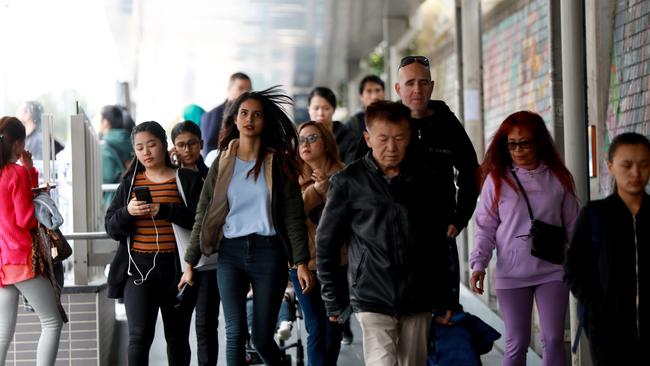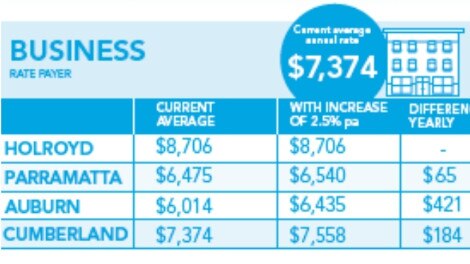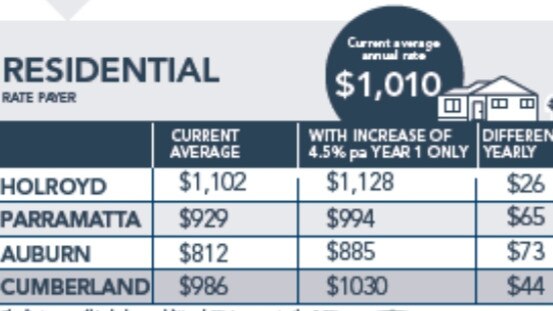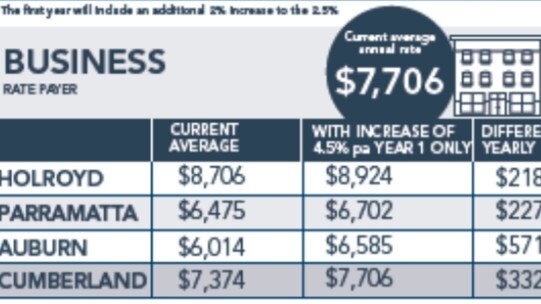Cumberland Council ratepayers to have their say on ‘harmonisation’
The process for more than 70,000 ratepayers of a western Sydney council to pay similar rates has started and they have been urged to have their say on the future of rates, roads and rubbish.

Parramatta
Don't miss out on the headlines from Parramatta . Followed categories will be added to My News.
- Coronavirus’ impact on your social life
- Panic buying at Pendle Hill
- Church online: St John’s responds to social distancing
Cumberland Council residents have forked out different rates for the past four years but now the process to bring the figures in line has started.
When Holroyd merged with parts of Parramatta and Auburn local government areas to form Cumberland in 2016, residents continued paying rates set by their former councils.
This has meant Holroyd residents paid more than their Parramatta and Auburn counterparts.
When boundaries were drawn, revenue was lost from businesses in the Auburn industrial area; Sydney Olympic Park; Newington and Wentworth Point, which then shifted to Parramatta Council.
Despite the loss, Cumberland has been expected to maintain the same service level for an extra 40,000 residents.
Under the Local Government Act, councils must adopt the same rate structure for residents from June 2021.
The council will review two options after presenting them to the community during feedback, which started on Friday.
1. NO INCREASE ON RATE CAP
Harmonising rates over five years, without proposing an extra increase to the rate cap.
This means the council’s revenue won’t change and upgrades to facilities will need to reduce even when the population and demand jump.
The council has a $205 million expenditure and receives $103 million of that from rates.


READ MORE: Cumberland expected to provide ‘mind boggling’ 28,000 more homes
Guildford, South Granville residents the poorest in NSW
Council’s cash-strapped but keep the nappy allowance
2. INCREASING THE RATE CAP
The second option is to harmonise rates over five year years, with the intention to
increase the rate cap by $10 million.
This option of an increase in the rates cap means infrastructure such as community facilities and associated upgrades can keep up with increased population and demand.


Cumberland Council general manager Hamish Mr McNulty said a growing gap had emerged between the funding that Cumberland received from ratepayers and the funds needed to maintain infrastructure and services.
“Based on the rates structures we inherited from the merger, some residents and businesses have been paying higher rates and have been carrying a greater financial burden than other parts of the local government area,’’ he said.
“We need to address this.”
From March 20, the council will write to 70,020 residential ratepayers and 4369 business owners to provide more information.
Surveys will also be carried out.
Initial consultation closes on June 1 and more feedback will be sought in November, after the September council elections, and in early 2021.
Once consultation concludes, the council will provide a report outlining the community’s views and recommending the preferred option.
The council will then lodge an application with independent Pricing and Regulatory Tribunal to implement option one or two.
